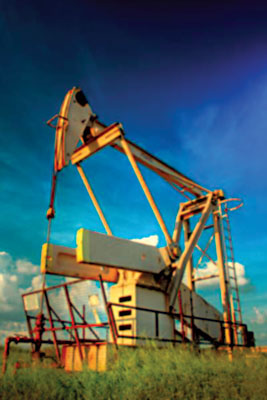All Nonfiction
- Bullying
- Books
- Academic
- Author Interviews
- Celebrity interviews
- College Articles
- College Essays
- Educator of the Year
- Heroes
- Interviews
- Memoir
- Personal Experience
- Sports
- Travel & Culture
All Opinions
- Bullying
- Current Events / Politics
- Discrimination
- Drugs / Alcohol / Smoking
- Entertainment / Celebrities
- Environment
- Love / Relationships
- Movies / Music / TV
- Pop Culture / Trends
- School / College
- Social Issues / Civics
- Spirituality / Religion
- Sports / Hobbies
All Hot Topics
- Bullying
- Community Service
- Environment
- Health
- Letters to the Editor
- Pride & Prejudice
- What Matters
- Back
Summer Guide
- Program Links
- Program Reviews
- Back
College Guide
- College Links
- College Reviews
- College Essays
- College Articles
- Back
Oil Derailments Gone Wild
There are hundreds of gallons oil transported every day and if there is a crash all that oil can spill on the ground, in lakes, or river and cases a big mess. Oil transportation needs to be safer for the environment so there won’t be as many oil crashes. There are roughly 800,000 barrels of day transported by rail throughout the United States, according to The New York Times. Removing older tankers from the railroad, increasing tanker regulations, and exploring optional transportation will help reduce the impact on the environment when transporting oil.
According to The Wall Street Journal on March 9, 2015, the first way to make oil transportation by train safer is getting rid of old model oil tankers. There are 100,000 older model oil tanker DOT-111 cars currently in service. The new oil tankers, called CPC-1232, are more stronger and less likely to derail like the older models. 60,000 of the new tankers are being used today. The new tankers still have room for improvement to make them safer on the railroad. When the older cars are eliminated oil transportation on the railroad will be much safer.
A second way to increase the safety of transporting oil is with increased regulations. New regulations on oil temperature and oil pressure in tankers have been put in place by The North Dakota Industrial Commission this year, according to the previously cited New York Times article. Despite these new laws, several companies have declined the new regulations. The companies believe that the new regulations are not needed and will increase production cost. Oil companies that do not comply could face penalties of up to $12,000 every day they are in violation. I feel that these new regulations will benefit the communities that surround the railroad. They will help keep the surroundings safe from impact of further derailments.
Lastly, in February of 2015, there were four oil train derailments. One in West Virginia, another one in Illinois, and two in Ontario, Canada. The energy industry began using rail to transport oil in 2008 because it was a fast and inexpensive way to move oil. Unfortunately, the train derailments have caused a big impact on the surrounding communities. The Keystone Pipeline and other pipelines would be safer alternatives to rail, but for now they have been vetoed.
The United States is quite dependent on oil. Transporting of oil must be safer, so then we won’t need to worry about big oil derailment to clean up. Removing older oil tankers, having strict regulations, and pursuing other oil transporting methods will help make oil transportation safer for the environment and keep it affordable. Each day without an oil train derailment or a crash is priceless.

Similar Articles
JOIN THE DISCUSSION
This article has 0 comments.
